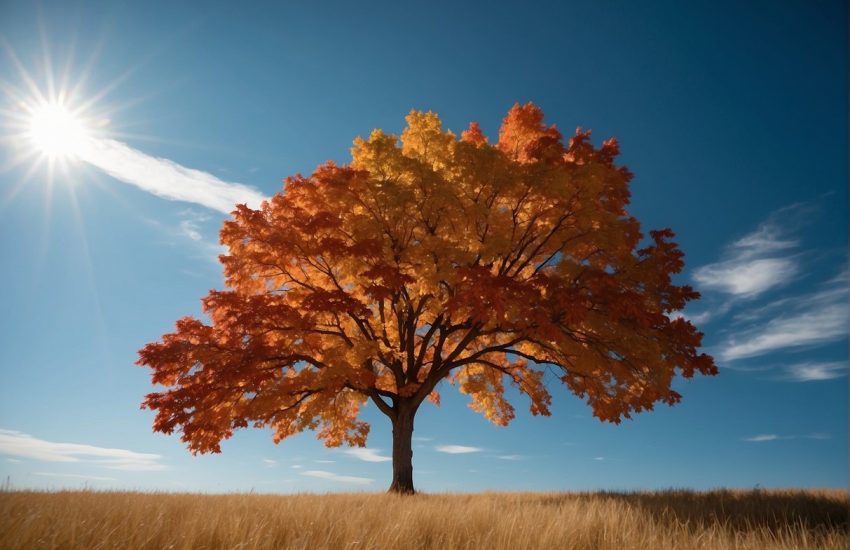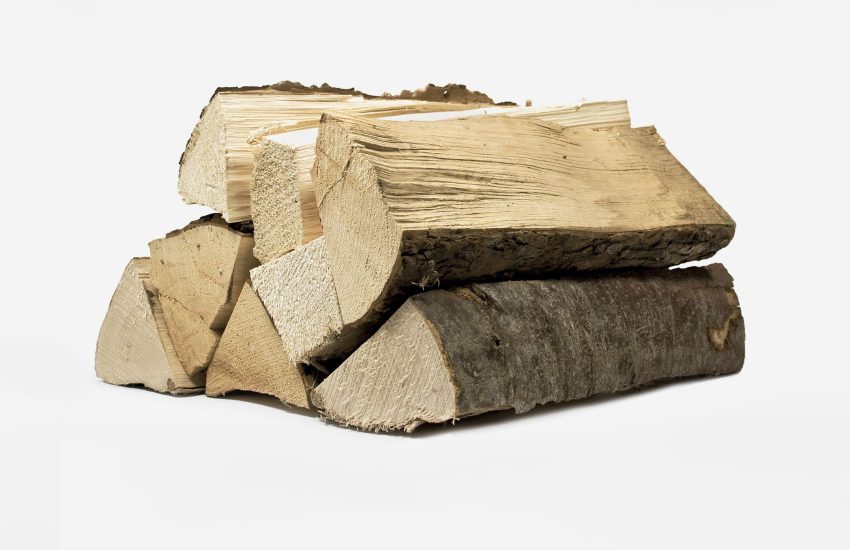Deciduous Trees in Florida: A Guide to Native Species and Their Characteristics
Florida is home to a diverse range of flora, including a variety of deciduous trees that thrive in the state’s subtropical climate. Deciduous trees are those that lose their leaves annually, typically in the fall, and regrow them in the spring. While Florida is known for its palm trees, there are several deciduous tree species that are native to the state and play an important role in its ecosystem.

Florida’s subtropical climate is characterized by hot and humid summers, mild winters, and frequent rainfall. This climate is ideal for several deciduous tree species that are adapted to these conditions. Native deciduous trees in Florida include the bald cypress, eastern redbud, sweetgum, and red maple. These trees provide important ecosystem services such as carbon sequestration, soil stabilization, and habitat for wildlife. In addition to native species, many non-native deciduous trees have been introduced to Florida and have become established in the state.
Characteristics of Deciduous Trees in Florida

Adaptations to Florida Climate
Deciduous trees in Florida have adapted to the state’s warm and humid climate. They shed their leaves during the dry season to conserve water and reduce the risk of damage from strong winds and storms. This adaptation helps them survive the harsh conditions of Florida’s climate.
Deciduous trees in Florida also have a unique ability to grow in a variety of soil types, including sandy soils and acidic soils. This makes them well-suited for the state’s diverse range of landscapes.
Deciduous vs. Evergreen Trees
Deciduous trees differ from evergreen trees in that they lose their leaves annually. This makes them ideal for providing dappled shade during the hot summer months, as they allow sunlight to penetrate through their bare branches.
However, deciduous trees in Florida require more maintenance than evergreen trees, as they need to be pruned regularly to prevent the buildup of dead branches. They also require more water during the dry season, as they do not have leaves to absorb moisture from the air.
Fall Color
Many deciduous trees in Florida have vibrant fall colors, adding to the state’s natural beauty. For example, the red maple tree (Acer rubrum) produces bright red leaves in the fall, while the sweetgum tree (Liquidambar styraciflua) produces a range of colors, including yellow, orange, and red.
Sun Exposure and Partial Shade
Deciduous trees in Florida require partial shade to thrive. They prefer to grow in areas that receive direct sunlight for only a few hours each day. This allows them to conserve water and reduce the risk of damage from strong winds and storms.
Humidity and Proximity to the Coast
Deciduous trees in Florida are well-suited for the state’s humid climate and proximity to the coast. They are able to tolerate high levels of humidity and salty air, making them ideal for coastal landscapes.
USDA Zones
Deciduous trees in Florida are typically suited for USDA zones 8-10. However, some species, such as the bald cypress (Taxodium distichum), can grow in colder climates.
Soil Type
Deciduous trees in Florida are able to grow in a variety of soil types, including sandy soils and acidic soils. They are also able to tolerate drought conditions, making them well-suited for the state’s dry season.
Notable Deciduous Tree Species in Florida

Florida is known for its abundance of native trees, including a variety of deciduous species that provide beautiful fall foliage and shade during the hot summer months. Here are a few notable deciduous tree species that can be found throughout the state.
Bald Cypress: Florida’s Iconic Conifer
The bald cypress (Taxodium distichum) is a deciduous conifer that is native to the southeastern United States, including Florida. These trees are known for their unique appearance, with flat, needle-like leaves that turn a reddish-brown color in the fall and a distinctive, scaly bark. The bald cypress is also known for its ability to thrive in wet environments, making it a popular choice for landscaping around ponds and other bodies of water.
Live Oaks: The Majestic Shade Providers
Live oaks (Quercus virginiana) are a type of evergreen tree that is native to the southeastern US, including Florida. These trees are known for their large, spreading canopies that provide ample shade during the hot summer months. They also produce acorns that are an important food source for wildlife. Live oaks are a popular choice for landscaping in Florida due to their drought tolerance and ability to grow in a variety of soil types.
Maples: Adding Fall Color to the Sunshine State
While not native to Florida, several species of maple trees can be found throughout the state, including the red maple (Acer rubrum) and the sugar maple (Acer saccharum). These trees are known for their beautiful fall foliage, with leaves turning vibrant shades of red, orange, and yellow. Maples are also fast-growing and can provide shade in a relatively short amount of time.
In addition to these notable deciduous tree species, Florida is also home to a variety of other native trees, including slash pines (Pinus elliottii), pond cypress (Taxodium ascendens), and gumbo limbo (Bursera simaruba). Visitors to the state can also check out the Atlanta Botanical Garden or Torreya State Park to see rare and endangered species such as the Florida torreya (Torreya taxifolia) and the American holly (Ilex opaca). Overall, Florida’s diverse range of deciduous trees provides beauty and shade to the state’s residents and visitors alike.


